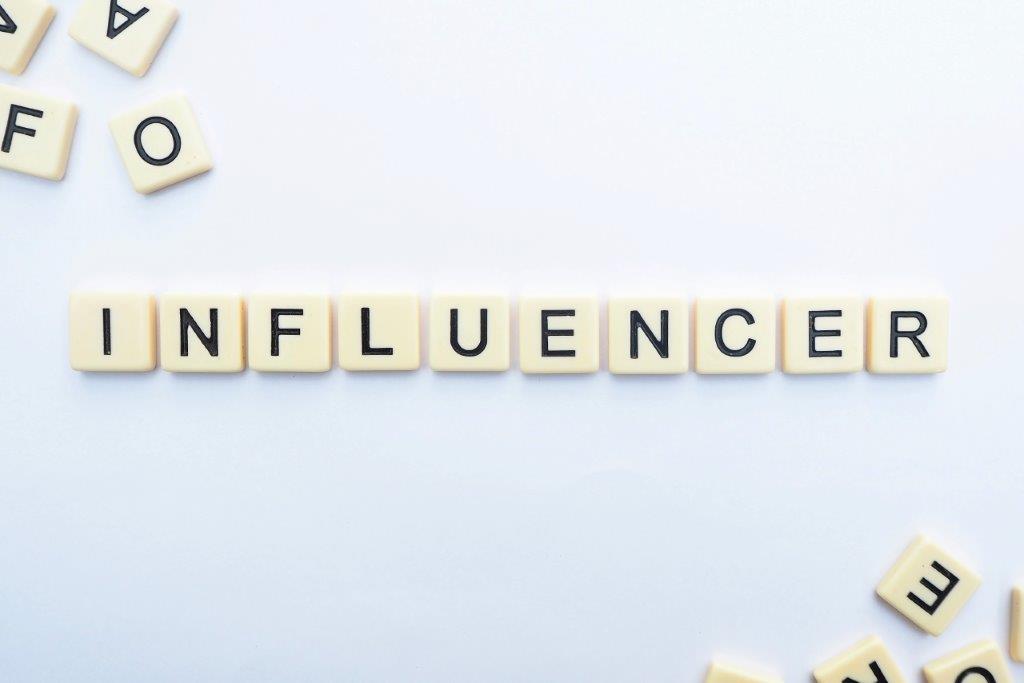Influencer marketing is just the current incarnation of a way of gaining followers for a cause by having a charismatic and high-profile frontman, a strategy that has gone on through history.
Influencer marketing has been a major marketing strategy. But perhaps it is unsurprising to read a report from Saatchi New York recently, which found Generation Z to be turning away from the celebrities, as we see the ever-increasing desire for authenticity.
Ethics and authenticity have sat alongside wealth and notoriety. The Kardashians mixed with saving the planet.
Hardly surprising, then, that Generation Z has realised celebrity endorsement is bought rather than authentic, and are returning to the old ways of peer endorsement.
Authenticity has to be one of the biggest buzzwords of this generation, and that puts influencer marketing in a tricky place. Marketing has to be authentic in every way – the real voice of your company, with real people sending out a genuine message. Every team member has had increasingly important roles as brand ambassadors.
But for impact, the message has to be both unified and continually simplified. The aim is to be original, thoughtful, and empowering. In another 60’s revival, politics, so long the ultimate PR no-no, are again a big part of brand personality.
The more educational, interesting, and emotive the message, the better it works. We have seen the meteoric rise of Instagram telling visual stories, which has enabled the influencers further. However, influencing is a very great deal more complex in both science and application than a few performing fashionista divas.
Anthropologist and psychologist, Robin Dunbar, theorises that the cognitive limits of our brains restrict the number of influential and stable relationships we are capable of to around 150 to 200 at any one time. This explains why we may follow several thousand people on Twitter and yet only be aware of the personalities and messages of a few of those. The marketing challenge is to be one of the few among the thousand, and Dunbar’s studies make a strong argument for the pyramid effects of multi-influencers.
On and offline customer communities have been used for customer engagement for generations, but there is now more focus on identifying and encouraging the particularly vocal leaders of these groups to become unofficial but authentic influencers. They willingly share their stories and love of the brand in an entirely genuine way and without a celebrity price tag. Harley-Davidson became known to a whole new audience through the growth of their rallies and the shared stories and experiences from them.
Passion breeds brand loyalty. Connections made through a social conscience run deep. Many millennials believe that the multi-national corporations are responsible for society’s many current ills and have looked to corporations to reverse this and align themselves with morality and ethics.
Starbucks has built much of its success on social impact. They get involved in a broad range of social issues, from refugee hiring, veterans support, food-share, diversity and inclusion, greener energy, climate change, conflict minerals disclosure, and farming communities
Starbucks has a genius for creating mini-communities. All these areas are genuinely championed, but in turn, promote the Starbucks brand. They do the same with their multitude of forums, based on geography or caffeine preference. Members bound together by a common interest make vocal, mini (and unpaid) influencers, creating those effective pyramids. The pyramid approach, while heavy in research time, is still a great deal more affordable than a celebrity endorsement and full-on influencer marketing.
Big names with little or no relevance have not necessarily proved effective in influencer marketing. More niche influencers, well-known only within their own circles, will often offer more interesting and relevant content. Accessing diverse groups, as Starbucks does, means the pyramids will spread further. The more focus on each area, the better the results.
So, what is the future for influencer marketing?
There are plans to regulate the celebrity influencer industry, aiming to ensure that the recommendations are based on genuine preference. Some celebrities have learned the hard way that while influence and endorsement may come with an attractive pay-out, there can also be a higher cost in being aligned with the wrong brand. Pierce Brosnan, coming under a very real threat from India over his alignment with pan masal, was a case in point.
GDPR is also bringing additional headaches to the world of influencer marketing. In B2B, the influencers are now seen to be consultants and therefore have a duty of compliance.
What we are starting to see is that “celebrity” influencers can be less influential and more costly, and these regulations on top will hit the industry, too. I wonder if we have seen the peak of the celebrity version. However. Contacts within the celebrity world remain vital for many brands, and I think this is where influencer marketing will mainly move over to.
But smart business is still all about brand strength. 54% of us Brits pay extra for a well-known brand, according to a recent report from 4imprint. The importance of branding depends on the type of good,s with trainers, coffee, shampoo, and alcohol being among the most brand-reliant. The money in brand value simply gets bigger and bigger – the Nike brand is now valued at an astounding 34.8 billion US dollars, which means that building the brand of your business has never been more important, be it with or without influencers.



